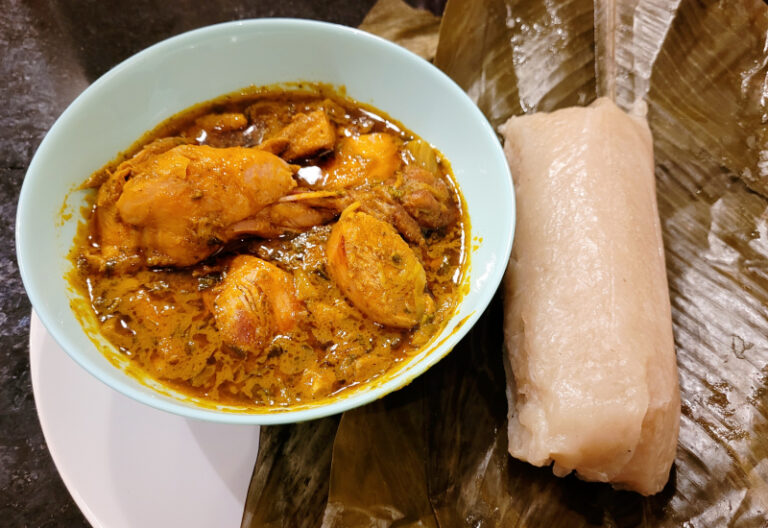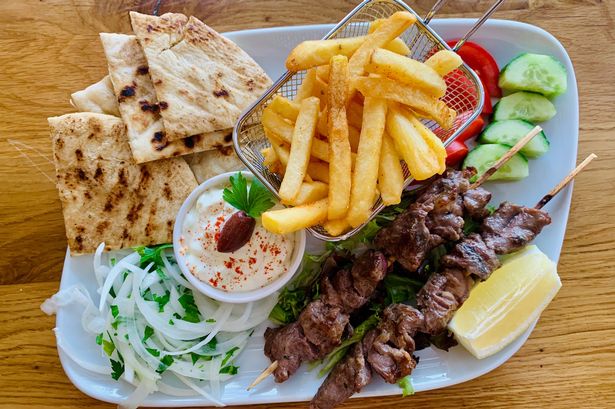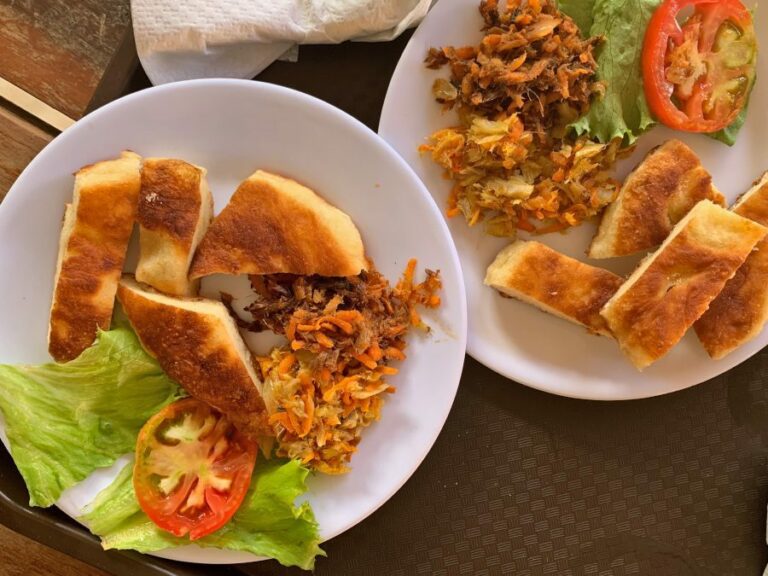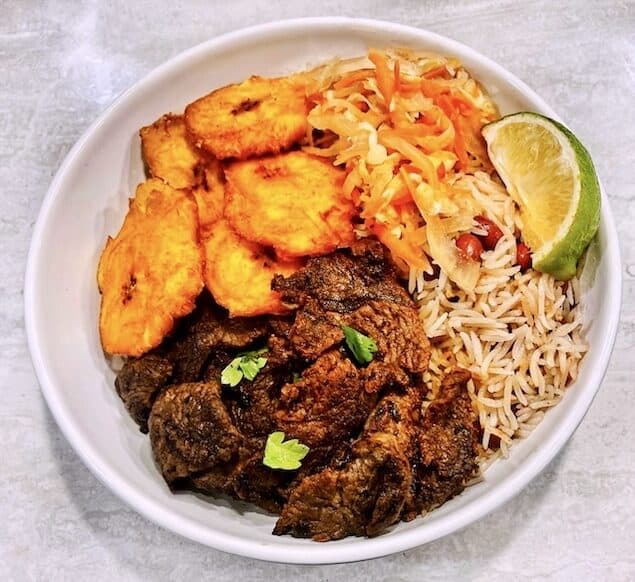Introduction to traditional Georgian cuisine
Georgian cuisine is a rich and diverse cuisine that is characterized by its unique blend of flavors and spices. The cuisine is a reflection of Georgia’s history, culture, and geography. Traditional Georgian cuisine is known for its hearty meat dishes, flavorful stews, and rich sauces. The cuisine uses a wide range of ingredients, including herbs, spices, vegetables, and fruits.
The importance of spices and flavorings in Georgian cooking
Spices and flavorings play a crucial role in Georgian cooking. They are used to add depth and complexity to dishes, enhance their flavors, and balance out the richness of the ingredients. Georgian cuisine uses a wide range of spices and herbs, including coriander, fenugreek, dill, mint, and tarragon. The use of spices and flavorings is so important in Georgian cooking that there are even spice blends that are unique to the cuisine.
Top 5 traditional Georgian spices and their uses
- Coriander: Coriander is a versatile spice that is used in many Georgian dishes. It is often used in meat dishes, stews, and sauces, and adds a citrusy and slightly sweet flavor to the food.
- Fenugreek: Fenugreek is a spice that has a slightly bitter and nutty flavor. It is often used in meat dishes, particularly in beef stews, and is also a key ingredient in khmeli suneli.
- Dill: Dill is a herb that is used in many Georgian dishes, particularly in salads and soups. It has a fresh and slightly tangy flavor that pairs well with fish and vegetables.
- Mint: Mint is a herb that is used in many Georgian dishes, particularly in salads and meat dishes. It has a refreshing and cooling flavor that is perfect for balancing out the richness of meat dishes.
- Tarragon: Tarragon is a herb that is used in many Georgian dishes, particularly in sauces and marinades for chicken and fish. It has a sweet and anise-like flavor that pairs well with the lightness of chicken and fish.
A closer look at Georgian spice blends: khmeli suneli and adjika
Khmeli suneli is a Georgian spice blend that is used in many dishes, particularly in stews and soups. It is made up of a variety of spices, including coriander, fenugreek, and dill. The blend also includes cinnamon, cloves, and bay leaves, which give it a warm and slightly sweet flavor. Adjika is another Georgian spice blend that is used in many dishes, particularly in meat dishes. It is made up of garlic, chili peppers, and a variety of herbs, including coriander, dill, and fenugreek. It has a spicy and slightly sour flavor that pairs well with meat.
Unique Georgian flavorings: tkemali and bazhe sauce
Tkemali is a sour plum sauce that is a popular condiment in Georgian cuisine. It is made by cooking sour plums with garlic, chili peppers, and a variety of herbs and spices. The sauce has a tart and slightly sweet flavor that pairs well with meat and fish. Bazhe sauce is a walnut sauce that is used in many vegetarian dishes. It is made by blending walnuts with garlic, coriander, and tarragon. The sauce has a rich and creamy texture and a nutty flavor that pairs well with vegetables.
Tips for incorporating Georgian spices and flavorings into your cooking
If you want to incorporate Georgian spices and flavorings into your cooking, start by experimenting with the different spices and herbs. Try adding coriander to your meat dishes, fenugreek to your stews, and dill to your salads and soups. You can also experiment with the different spice blends, such as khmeli suneli and adjika, to give your dishes a unique flavor. Finally, try using unique Georgian flavorings, such as tkemali and bazhe sauce, to add a touch of Georgian cuisine to your dishes.










